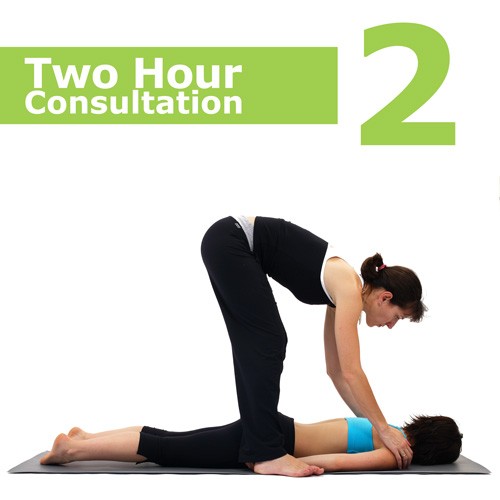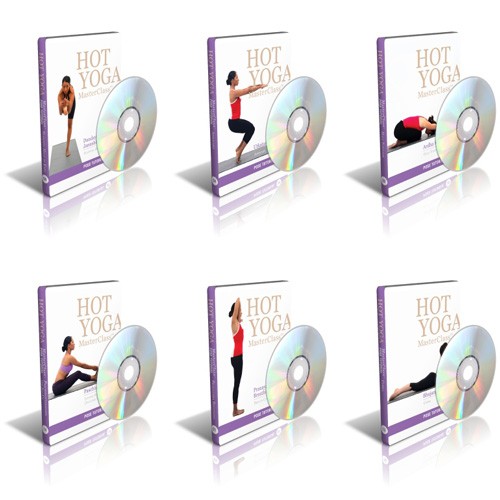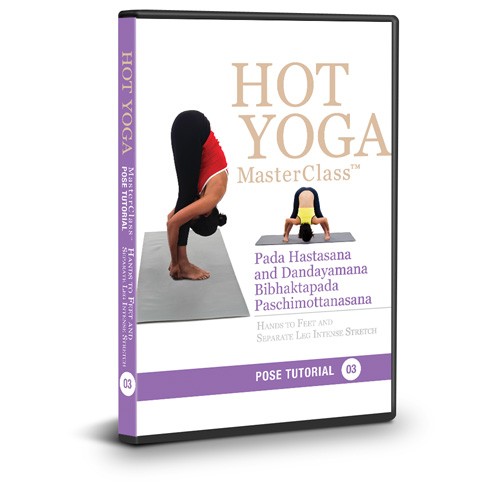The Hot Yoga Doctor – Free Bikram and Hot Yoga Resources › Hot Yoga Doctor Forum › Hot Yoga Facts
Forum Replies Created
-
AuthorPosts
-
in reply to: Hot Yoga for Children #7726
Thanks again for all the replies. Just to keep everyone informed – I personally do not want to teach children hot yoga and all of the studios I work at have since implemented a minimum age of 15 for hot classes. I do not teach Bikram style hot yoga and I cannot comment on what they do there. For me, it is less about liability and more about keeping my students safe, regardless of their age.
in reply to: Hot Yoga for Children #6389Thank you for the reply.
Full disclosure:
I am a teacher of hot yoga. I raised the question as I was doing some research on my own about children and heat. Thank you for clarifying that children sweat. Yes, they sure do, even in kids yoga classes but I wondered if they could effectively cool down at such high temperatures without the development of the “puberty glands”.
I have recently had a mother dropping off (!!!) her 11 year old and a friend, also aged 11, for hot yoga class. I personally feel it is too young. I suppose my fear is based on the North American litigious society. 😉 I have images of them passing out and conking their heads on the floor. I don’t know that they are properly hydrating. My language is anatomically based and I doubt they understand a lot of the terms or directions. I also feel that to keep them safe in the class I must devote a great deal of time and attention to them, which takes away from the other students in the class.
I have dealt with the problem by speaking to the studio director about setting guidelines for the Guest Services department with regards to children in both hot and power classes (my power classes are heated too).
I cannot find any evidence to support the idea that they can’t do hot yoga but honestly I don’t think they should be there. There are plenty of kids classes and kid friendly classes. At the very least, a parent should be present.
Your thoughts?
in reply to: Hot Yoga for Children #6301Hello,
I came to the site today looking for information on children and hot yoga. My question is to do with sweat gland development (I did not see that topic addressed specifically).
My understanding is that most children are developing their sweat glands around the age of 12. I read somewhere that it is best to wait, for girls, until after their first period and for boys, until their first growth spurt.
Could you please comment on this?
Thanks!
in reply to: Sodium & Potassium #5027From another source:
Coconut water is in a sense a tree sap. It is a relatively clear liquid that looks more like water than it does milk. It is very sweet and tasty and is a favorite beverage among Asian and Pacific Islanders. In addition to natural sugars, it contains a complex array of vitamins and minerals, which make it a nutritious beverage. It is high in potassium, chlorides, calcium, and magnesium, with a modest amount of sodium, sugar, and protein. It is essentially fat-free. While the mineral content remains fairly constant, the sugar and protein concentrations increase as the nut matures.
Coconut water contains a variety of nutrients including trace minerals which come directly from the sea and which most other foods lack. Coconut palms grow abundantly throughout most of the tropics. Even the tiniest islands are covered with palms littering the ground with fallen nuts. On many small islands, coconut water is the only potable water available. For these reasons coconut water has been a lifesaver for many people and has been referred to as the “fluid of life.”
As a tree sap, coconut water is essentially the “blood” of the coconut palm. The electrolyte profile of coconut water is somewhat similar to human plasma and for that reason it has been used by doctors as an intravenous solution and injected directly into the bloodstream to prevent dehydration. When freshly extracted from the coconut, this liquid is free from germs and parasites. Doctors working in tropical climates have often used the water from coconuts as IV solutions, a common practice during world war 2 and in Vietnam where commercial IV solutions were often in short supply.* Water from unopened coconut is uncontaminated by bacteria, fungi, or other pathogens. Therefore, if properly prepared, it cancan be given intravenously without fear of introducing microorganisms. Recent research on the use of coconut water as an intravenous fluid has shown it to compare favorable with commercial solutions.* Coconut water does not harm red blood cells, is non-allergenic, and is readily accepted by the body. It is considered a safe and useful means of rehydration, particularly when a patient suffers from a potassium deficiency.* In fact, coconut water has been shown to be just as effective as commercial electrolyte solutions in prolonging survival times in sick patients.* Researchers have demonstrated that coconut water can be given through intravenous infusion by as much as one fourth to one third of the patients body weight without complications.
Coconut water is also highly recommended as a means for oral rehydration. Athletes and sports enthusiasts use coconut water to replenish electrolytes lost in perspiration. It works just as well as and even better than some popular commercial sports drinks. Coconut water is a natural sports drink.
To the poster from Vancouver: they have it at Save-On, on sale this week (for members) at $2.49. You can also get it at Whole Foods (it goes on sale occasionally) and they give discounts if you buy it by the case.
To the person who asked about coconut oil – definitely not the same thing.
Hope that helps. 🙂
in reply to: Sodium & Potassium #5007I drink coconut water. It is the healthiest electrolyte replenisher and the only thing that stops me from feeling dehydrated.
-
AuthorPosts







